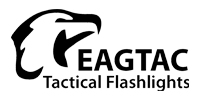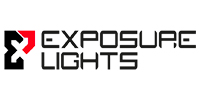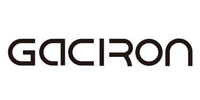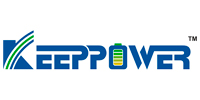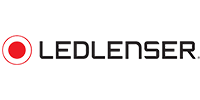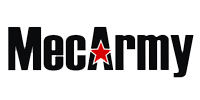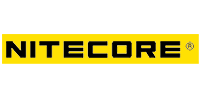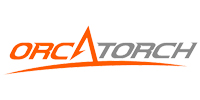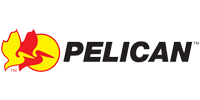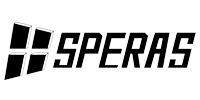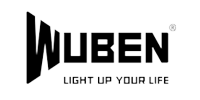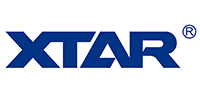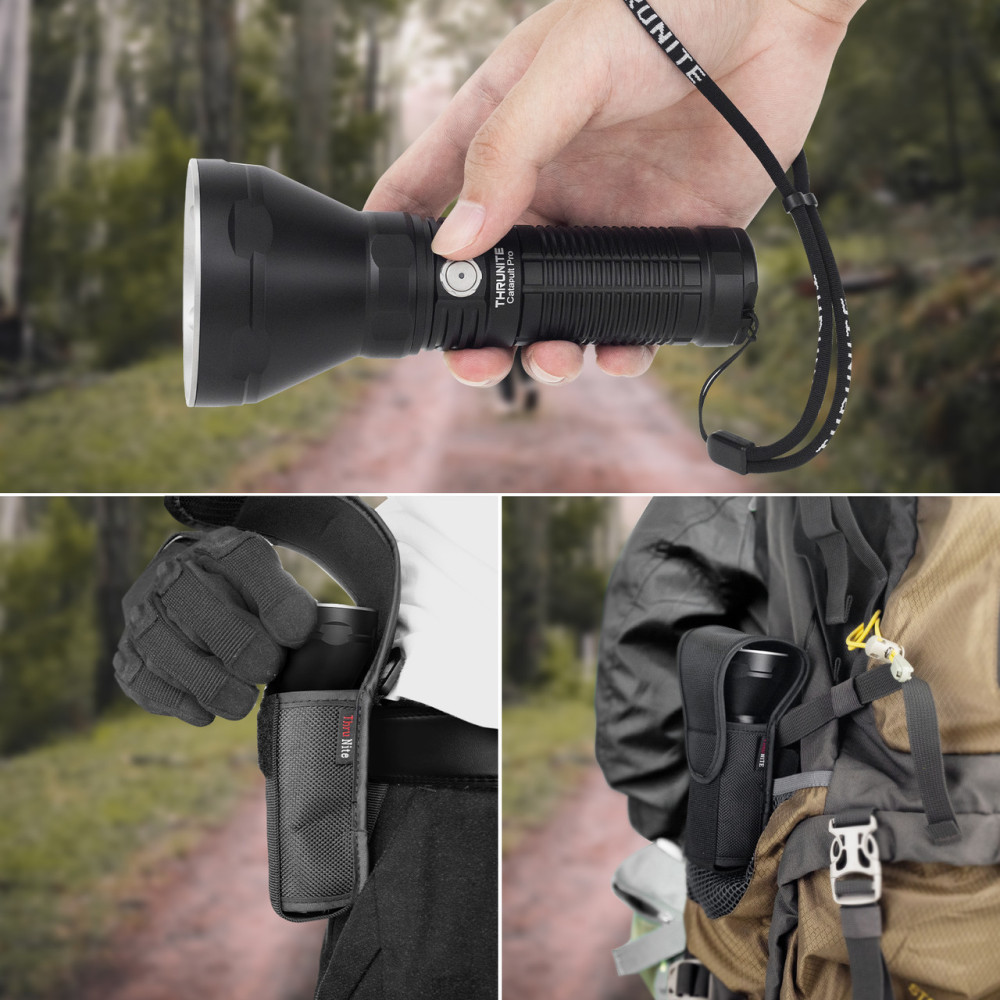The Difference Between Torches and Flashlights: A Comprehensive Guide
When it comes to portable lighting solutions, the terms “torch” and “flashlight” often come up. While they may seem interchangeable at first glance, these two items have subtle differences that are worth exploring. Whether you’re a camper, hiker, or just someone in need of a reliable light source, understanding the nuances between torches and flashlights can help you make an informed choice.
1. Definition and Terminology
Torch:
In modern contexts, especially in British English, “torch” refers to what Americans call a “flashlight.” Historically, a torch was a stick with combustible material at one end, ignited to provide light. However, today, the term “torch” predominantly signifies a handheld electric light powered by batteries.
Flashlight:
In American English, a flashlight is a handheld electric light powered by batteries. It uses either incandescent bulbs or LEDs to produce light.
2. Historical Background
Torches:
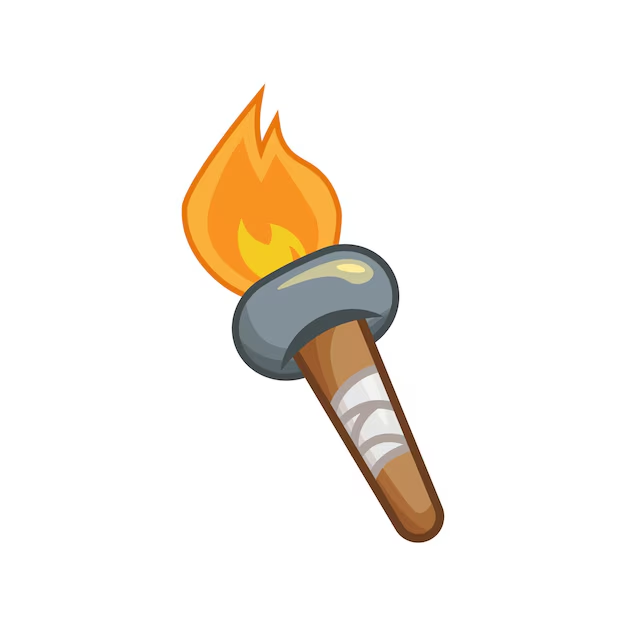
Traditionally, torches referred to flaming sticks used in ancient times for illumination. This historical context still influences the perception of the word in some regions.
Flashlights:
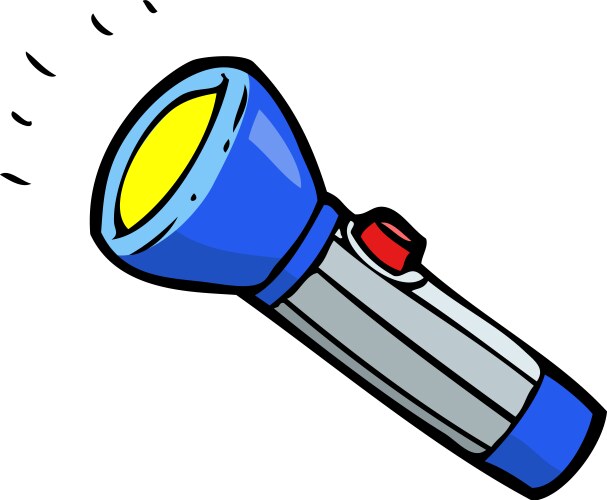
The flashlight is a relatively modern invention, first introduced in the late 19th century. The advent of electric batteries and light bulbs made it possible to create a portable, safe, and efficient source of light.
3. Power Source
Torches:
Historically, torches derived their power from burning materials such as wood, pitch, or resin. These combustible materials were typically bound together at one end of a stick and ignited to produce light. The flame required constant monitoring and maintenance to ensure it remained lit and provided sufficient illumination.
In contemporary usage, torches (or flashlights) are powered by batteries. Modern advancements have led to the development of rechargeable torches, which offer increased convenience and sustainability.
Flashlights:
Flashlights are also powered by batteries. Rechargeable options are becoming more common, providing substantial benefits in terms of convenience and environmental impact.
4. Light Source
Torches:
Historical torches primarily relied on natural materials like wood, pitch, and resin to produce light through combustion. The flame provided by these burning materials was both the light source and a fire hazard, necessitating constant monitoring.
Modern torches use electric bulbs, either incandescent or LED. LEDs are increasingly preferred due to their energy efficiency and bright, steady light output.
Flashlights:
Flashlights similarly use either incandescent bulbs or LEDs, with LEDs being the more common choice in recent years due to their superior performance and longevity.
5. Usage Contexts
Torches:
Historically:
- Ancient Ceremonies and Rituals: Torches were often used in various cultural and religious ceremonies to symbolise light, knowledge, and guidance.
- Military Operations: In ancient warfare, torches were used to signal troop movements, call for reinforcements, or mark important locations.
- Entertainment: Torches were a key element in historic forms of entertainment, particularly night-time events such as festivals, gatherings, and theatre performances.
- Navigation: Before the advent of modern street lighting and flashlights, torches were essential for safe travel at night, helping people navigate through dark streets and paths.
- Protection: Torches served as a deterrent against nocturnal predators and provided a sense of security to those travelling or working after dark.
In The Modern World:
- Everyday use (home, car, emergency kits)
- Outdoor activities (camping, hiking)
- Professional settings (law enforcement, search and rescue)
Flashlights:
- Identical to torches in modern usage
Conclusion
In the modern world, the terms “torch” and “flashlight” generally refer to the same device: a handheld, battery-powered light source. While historically distinct, today the primary difference lies in regional terminology rather than functionality. Understanding these nuances can help you choose the right tool for your specific needs, regardless of whether you call it a torch or a flashlight.




